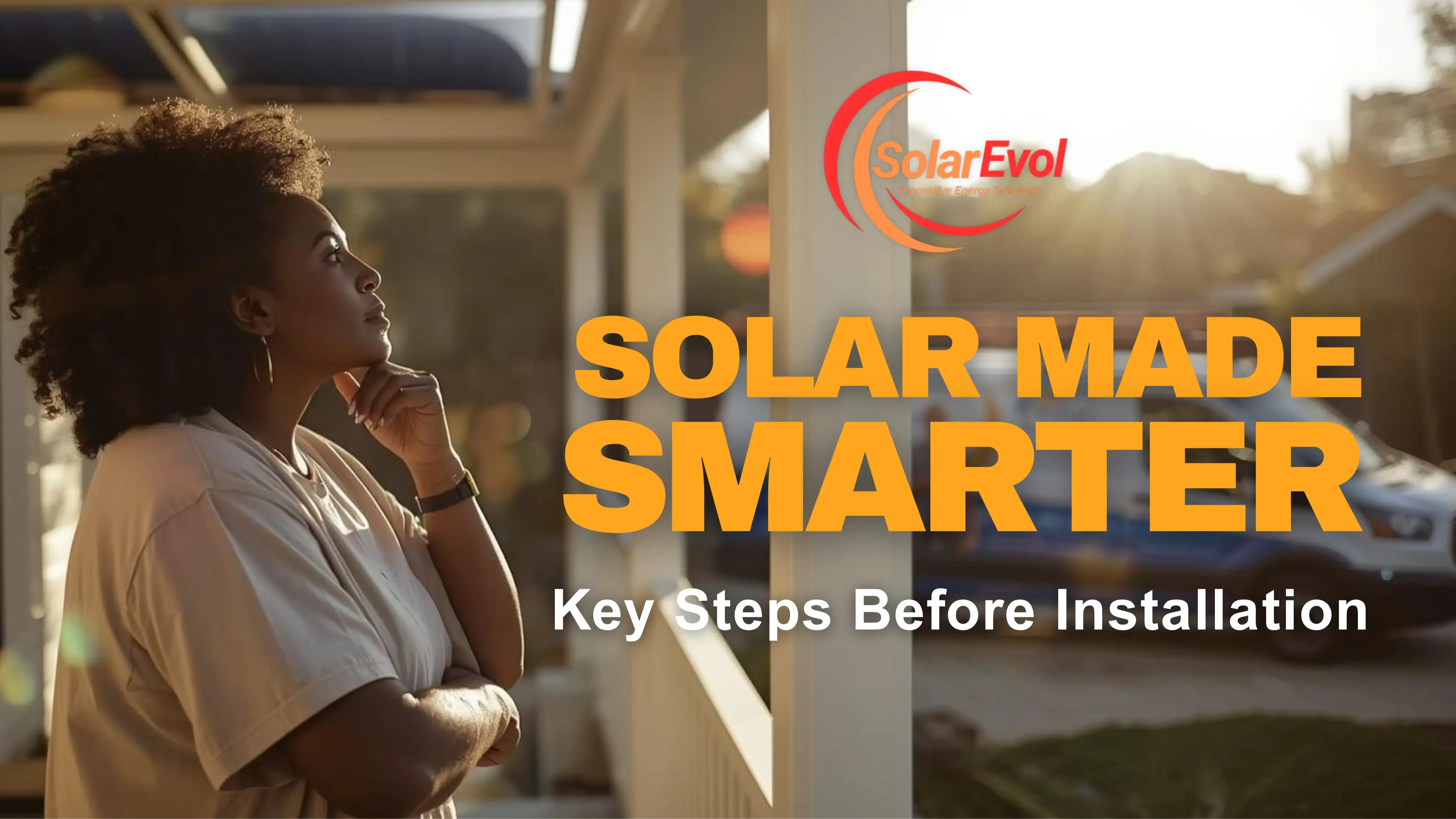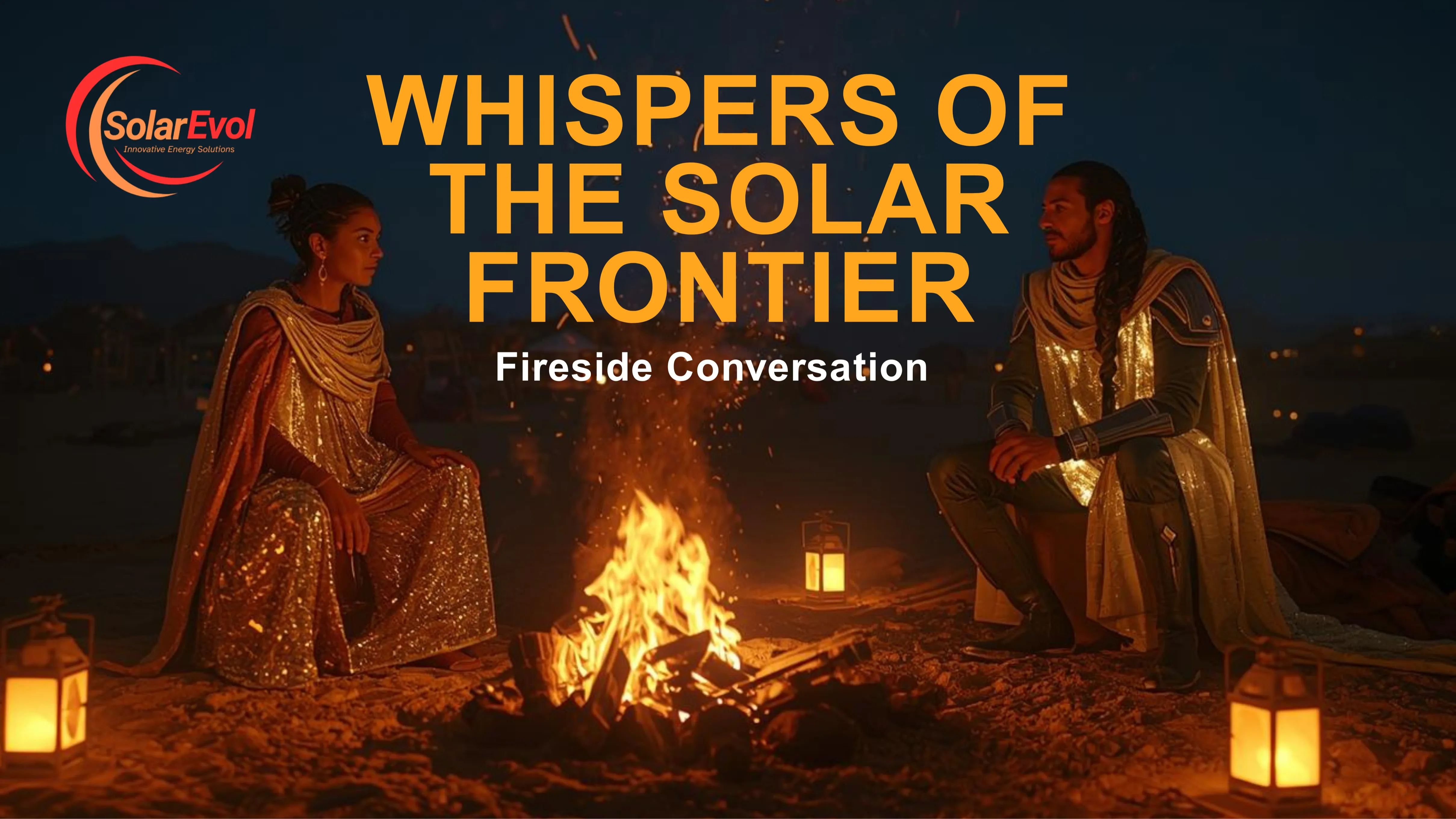
Do Solar Panels Work at Night? Sort Of.
May 04, 2025 
The wind howled like a wounded animal across the steppe. Outside the town of Turkistan, where the land stretches flat and the winters stretch longer, the power flickered once—then dropped.
Inside a modest two-bedroom home, Aruzhan Beketova stood still, holding her breath.
Her 10-year-old son, Daniyar, peeked out from under the blankets. The water kettle had just clicked off. The house dimmed. The electric heater died.
Another blackout.
Aruzhan grabbed a flashlight and exhaled slowly. This was the third time that week. And each time, she wondered the same thing:
“We have solar. Why does it still go dark?”
☀️ Meet Aruzhan: Teacher, Mother, and Believer in Progress
Two years earlier, Aruzhan had led a small crowdfunding campaign to install rooftop solar for her family and two neighbors—an ambitious project, partly funded by a community development grant aimed at reducing rural energy poverty in southern Kazakhstan.
She believed in solar—not just for the savings, but for what it symbolized: self-reliance, modernization, hope.
The installer promised long-term returns. Her electricity bills dropped nearly 60% during the summer. She became a local example of what solar could do in a place that still relied heavily on imported coal power.
But every time the grid went down at night—and it did often—her panels sat silently under the stars.
And each time, she had to explain to her neighbors that solar doesn’t always mean independence.
🧠 The Hard Truth: Solar Panels Don’t Work in the Dark
This is the part many first-time solar adopters around the world never hear:
Solar panels only generate electricity when they receive sunlight. Even with the most advanced monocrystalline technology, zero sunlight means zero power production. That’s a fact—not a flaw.
During the day, your solar system powers your home or sends excess energy to the grid.
At night? Unless you’ve stored that energy somewhere, you go back to depending entirely on the grid.
And in Kazakhstan’s rural areas—where the grid can be unstable and blackouts frequent—that dependency becomes dangerous, especially in the dead of winter.
🔍 What Aruzhan Discovered—and Why It Changed Everything
After the fifth blackout that month, Aruzhan contacted the solar NGO that had helped fund her initial system. She asked, point-blank:
“What else do I need to finally stay online through the night?”
They explained what the sales rep never had time to:
The missing piece was battery storage.
Not a huge diesel generator, not more panels—just the ability to keep daytime power for nighttime use.
They showed her how lithium iron phosphate (LiFePO₄) batteries were being used across parts of Mongolia and China to create rural micro-resilience hubs. They didn’t require new panels—just integration with her existing inverter system.
They also told her about grant programs from the Eurasian Development Bank and local energy transition initiatives that could subsidize up to 40% of storage costs for communities under 5,000 people.
No one had ever explained that to her before.
⚙️ The Strategy: Designing for Darkness
Armed with this knowledge, Aruzhan did what she always did—she made a plan.
She rallied her community again, presented the issue to the village council, and together they applied for a regional rural resilience pilot that included funding for:
- A 10kWh battery system for each household
- A shared smart inverter for grid bypass during outages
- Weather-sealed battery housing for extreme winter conditions
- Basic solar energy training for local youth
Installation took just 10 days.
The system was simple: during the day, excess solar charged the battery. At night, or when the grid went down, that battery fed essential circuits—lights, kettle, heater, router.
⚡ The First Night Everything Stayed On
It was mid-February when the next storm rolled in. Ice clung to the windows. Wind screamed over the fields. The power lines, again, went down.
But inside Aruzhan’s house?
The lights held steady.
The kettle finished boiling.
And Daniyar kept reading under a warm blanket.
“It wasn’t just the battery,” Aruzhan said later. “It was the moment I stopped depending—and started designing.”
💡 Takeaway: Solar by Day Is Power. Solar by Night Is Planning.
So… do solar panels work at night?
Not directly. But solar homes can—with the right system.
The panels harvest. The batteries protect.
And in places where every watt counts—that difference can be the line between light and darkness.
If you’re considering solar, especially in rural or grid-unstable regions, here’s what you must know:
- Panels are only part of the puzzle.
- Net metering helps—but only when the grid is up.
- Batteries make the system whole—especially when night falls hard and fast.
- Ask not just about “daytime production,” but about nighttime survival.
“The sun goes down,” Aruzhan says. “But if you plan right, the power doesn’t have to.”
Stay connected with news and updates!
Join our mailing list to receive the latest news and updates from our team.
Don't worry, your information will not be shared.
We hate SPAM. We will never sell your information, for any reason.











